Escalating Cyber Threat Landscape
the botnet detection market is growing because of the escalating cyber threat landscape in the US.. Cybercriminals are increasingly leveraging sophisticated botnets to execute large-scale attacks, which has raised concerns among organizations. In 2025, it is estimated that cybercrime will cost the US economy over $6 trillion annually, prompting businesses to invest in advanced detection solutions. The rise in ransomware attacks and data breaches has further underscored the need for robust botnet detection mechanisms. As organizations seek to protect their assets and maintain customer trust, the demand for effective botnet detection solutions is likely to surge, driving market expansion.
Growing Awareness of Cybersecurity Risks
the growing awareness of cybersecurity risks among businesses and consumers drives the botnet detection market.. As high-profile cyber incidents make headlines, organizations are becoming more proactive in addressing potential vulnerabilities. In 2025, it is estimated that 70% of US companies will prioritize cybersecurity investments, including botnet detection solutions. This heightened awareness is likely to lead to increased demand for comprehensive security measures, including advanced detection technologies. Consequently, the botnet detection market is expected to benefit from this trend, as organizations seek to safeguard their operations and protect sensitive data from botnet-related threats.
Increased Cloud Adoption and IoT Integration
the increased adoption of cloud services and the integration of Internet of Things (IoT) devices drive the botnet detection market.. As more organizations migrate to cloud environments, the attack surface expands, making them more vulnerable to botnet attacks. In 2025, it is projected that over 80% of enterprises will utilize cloud services, necessitating robust detection mechanisms to protect against potential threats. Additionally, the proliferation of IoT devices, which are often less secure, presents new challenges for cybersecurity. This trend suggests that as cloud and IoT adoption continues to rise, the botnet detection market will likely see increased demand for solutions tailored to address these evolving threats.
Advancements in Machine Learning Technologies
advancements in machine learning technologies significantly influence the botnet detection market.. These technologies enable the development of sophisticated algorithms that can identify and mitigate botnet threats in real-time. In 2025, the market for machine learning in cybersecurity is projected to reach $20 billion, indicating a strong correlation with the growth of the botnet detection market. Organizations are increasingly adopting machine learning-based solutions to enhance their threat detection capabilities. This trend suggests that as machine learning continues to evolve, it will play a crucial role in shaping the future of the botnet detection market, providing more effective and efficient detection methods.
Regulatory Pressures and Compliance Requirements
Regulatory pressures and compliance requirements are significantly impacting the botnet detection market. In the US, regulations such as the California Consumer Privacy Act (CCPA) and the General Data Protection Regulation (GDPR) impose strict guidelines on data protection and cybersecurity practices. Organizations are compelled to implement effective botnet detection solutions to comply with these regulations and avoid hefty fines. As compliance becomes a critical aspect of business operations, the demand for botnet detection technologies is likely to increase. This trend indicates that regulatory frameworks will continue to shape the landscape of the botnet detection market, driving innovation and investment in detection solutions.


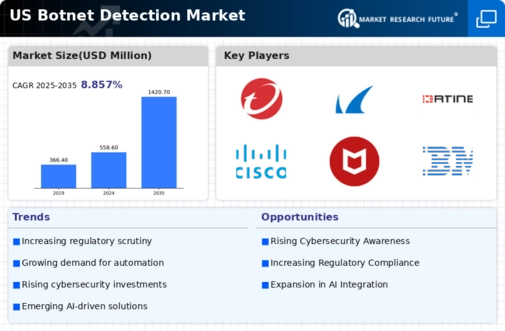
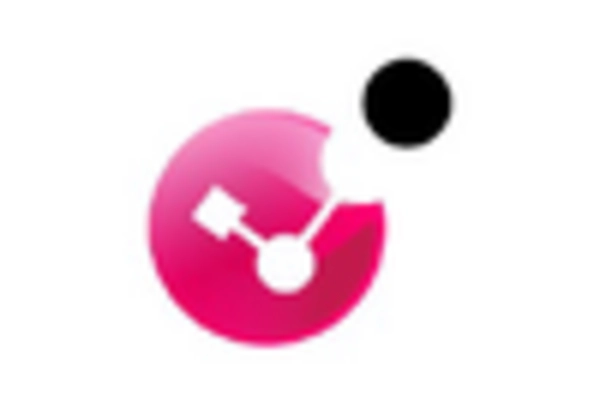

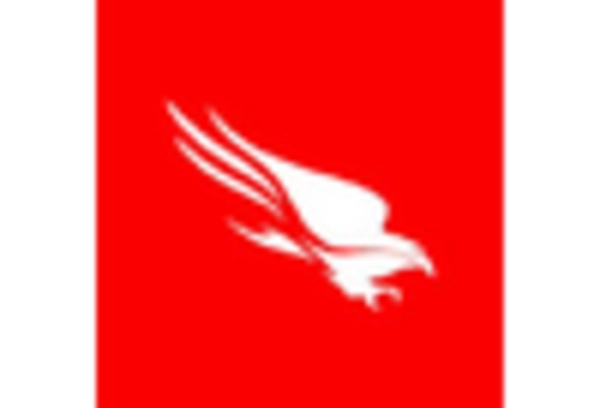
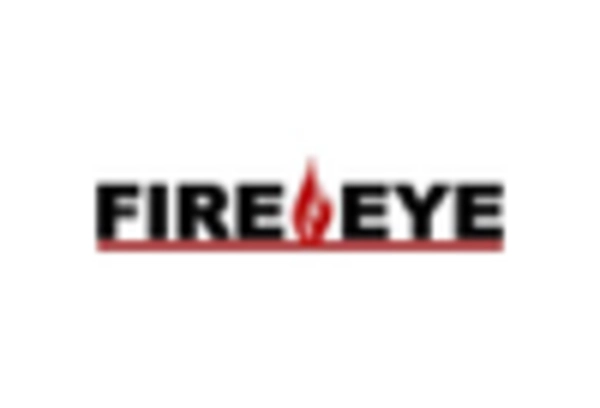
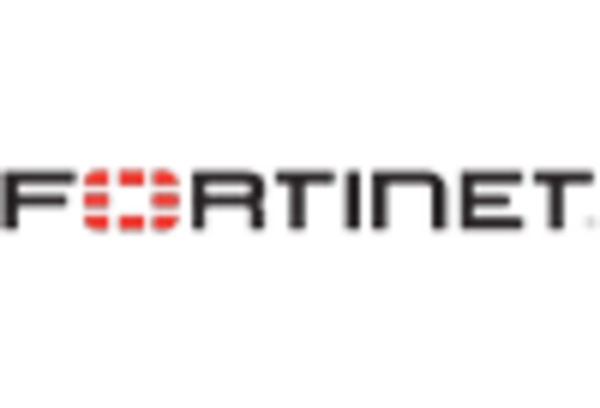









Leave a Comment